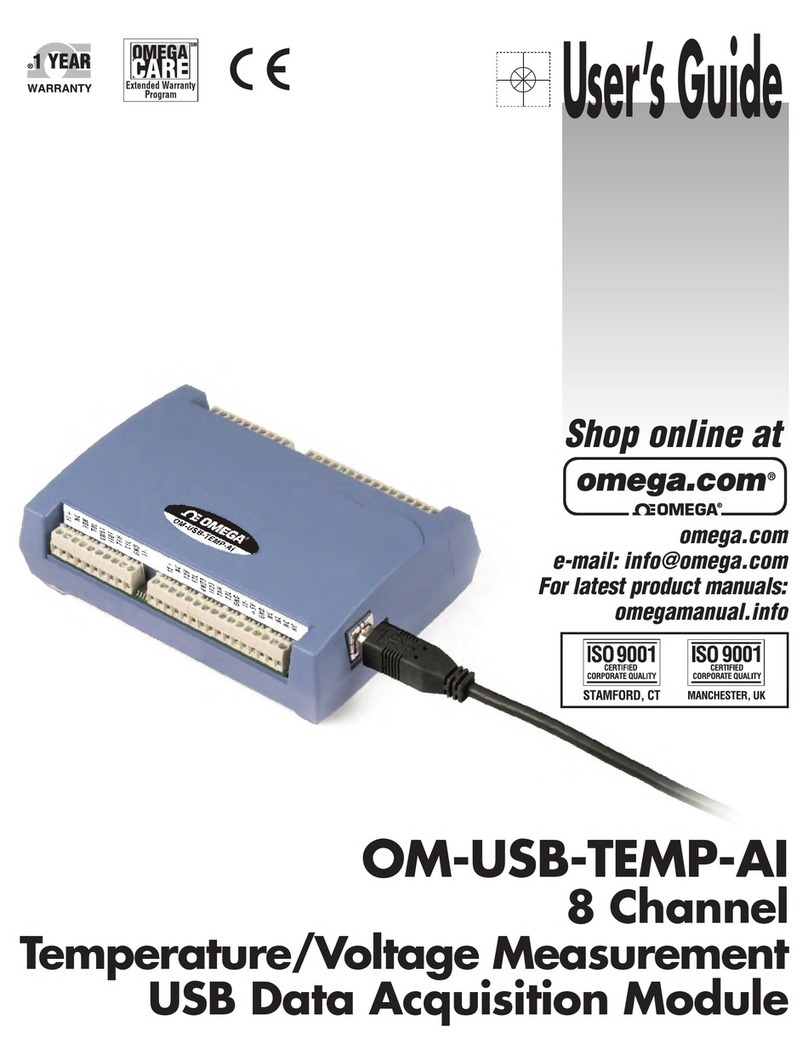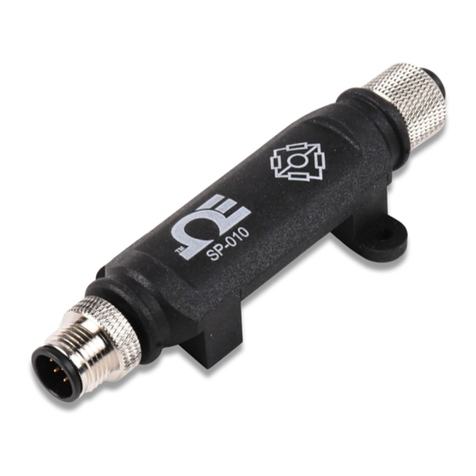Omega DFG207 User manual
Other Omega Measuring Instrument manuals

Omega
Omega HHP680 User manual
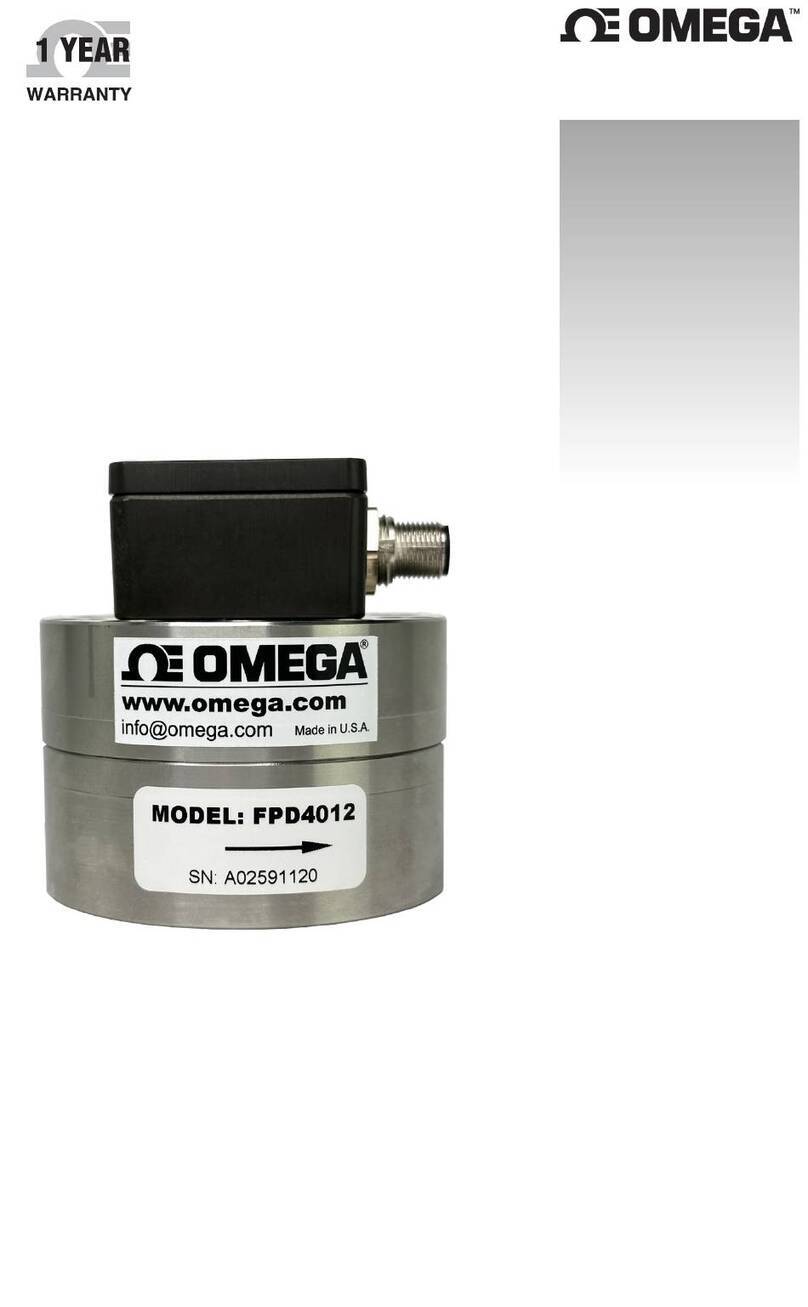
Omega
Omega FPD-4000 Series User manual
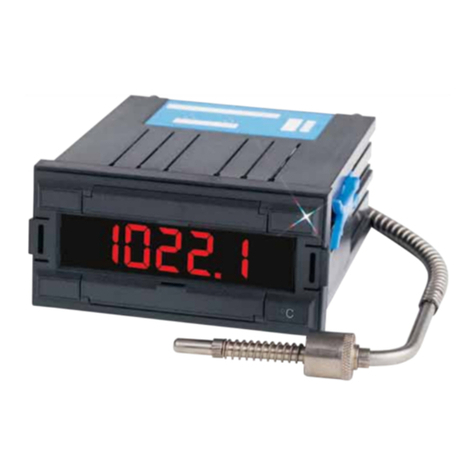
Omega
Omega DP18-P9 User manual
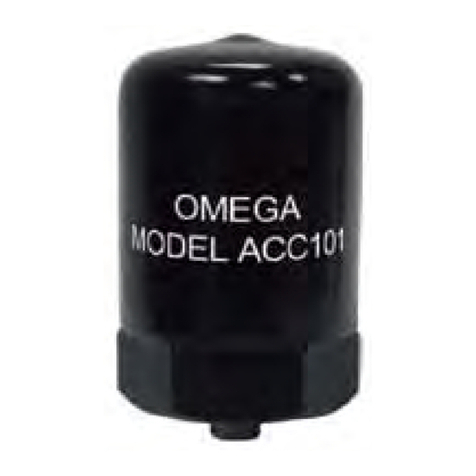
Omega
Omega ACC320 User manual
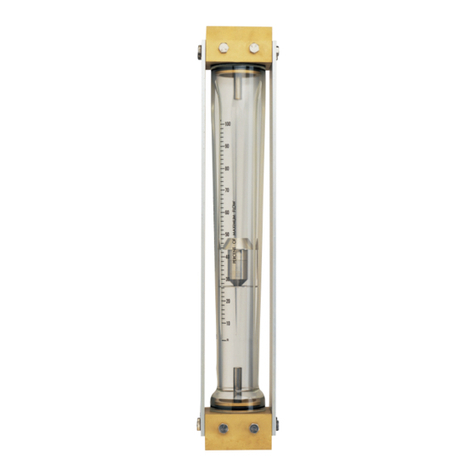
Omega
Omega FLOWMETER FL-1500A User manual
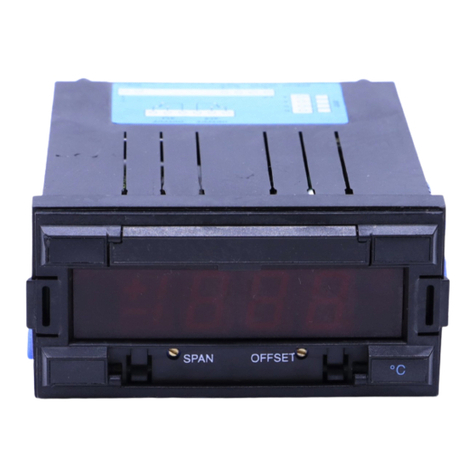
Omega
Omega APH2 User manual
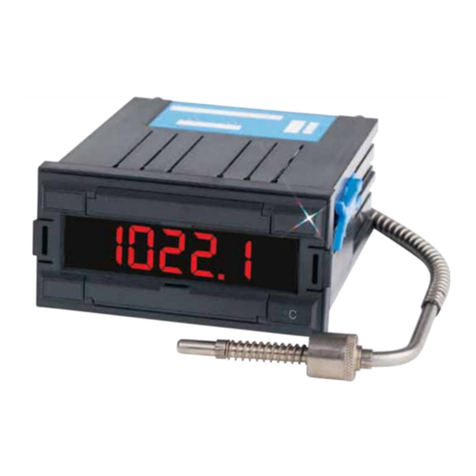
Omega
Omega DP18-P8 User manual
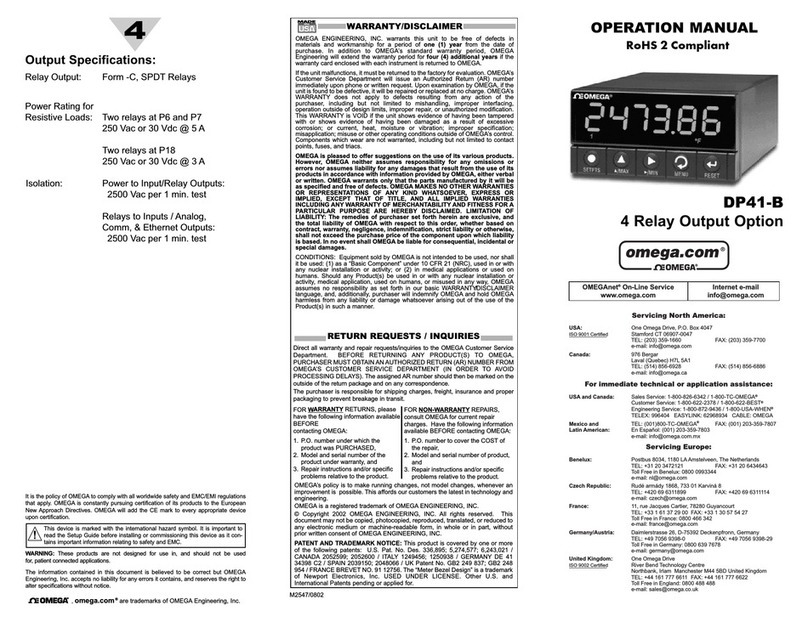
Omega
Omega DP41-B Series User manual

Omega
Omega HHM-MA640 User manual

Omega
Omega FL500 Series User manual

Omega
Omega FPDM1000 User manual

Omega
Omega PLATINUM Series User manual
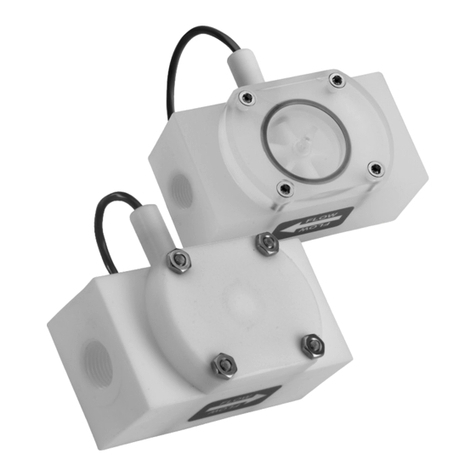
Omega
Omega FPR300 Series User manual
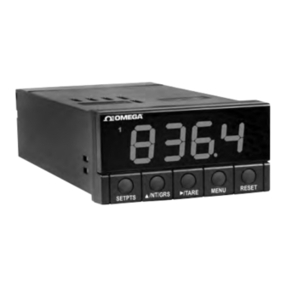
Omega
Omega DP25B-S User manual

Omega
Omega HHSL402SD User manual
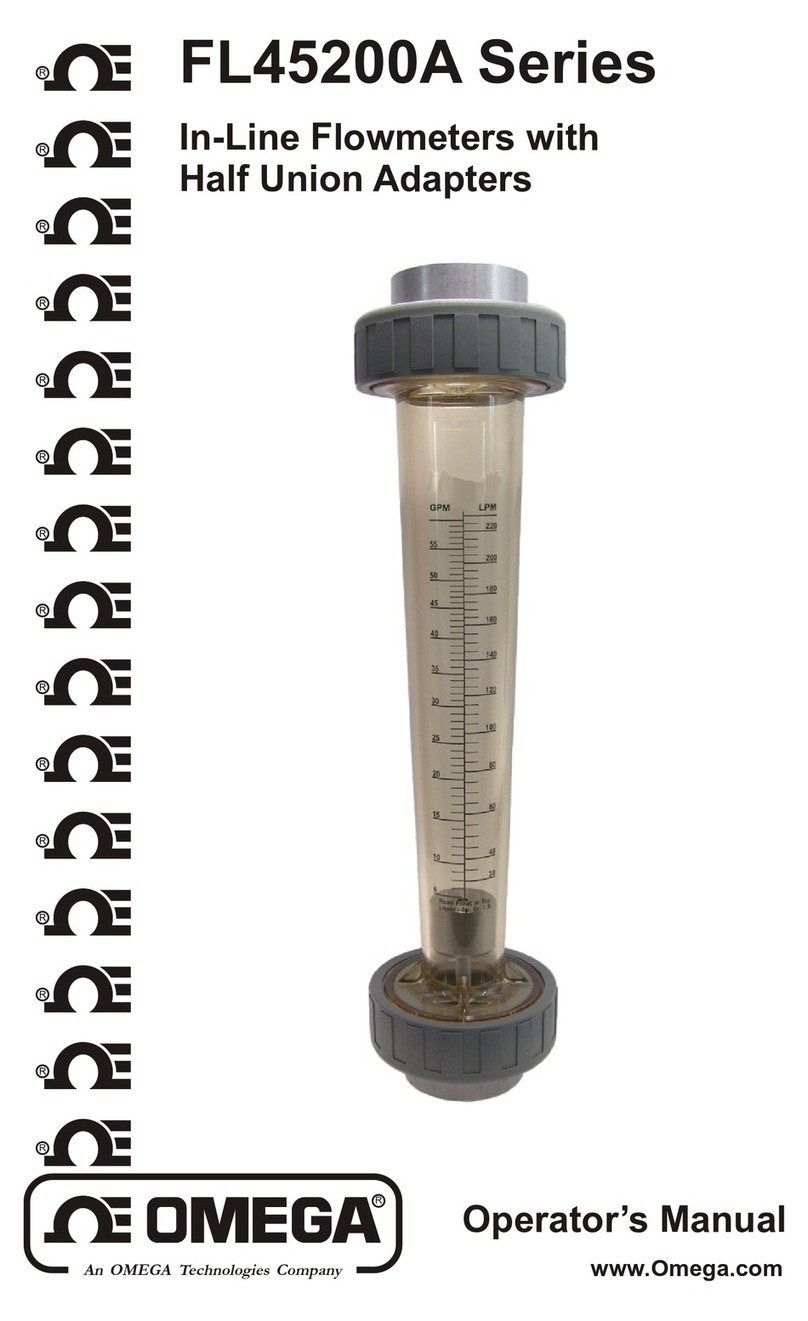
Omega
Omega FLOWMETER FL45200A User manual
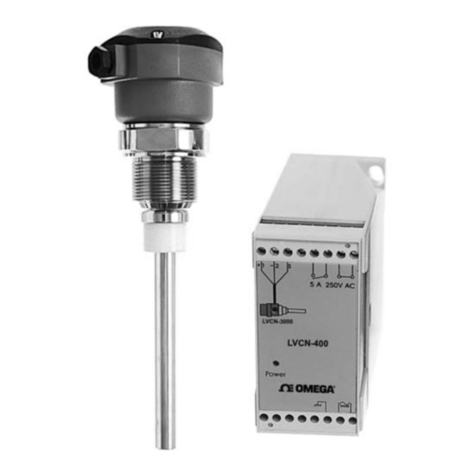
Omega
Omega LVCN400 Series User manual
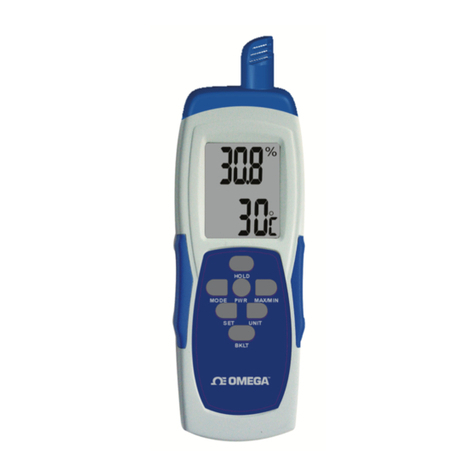
Omega
Omega THDP-10 Series User manual
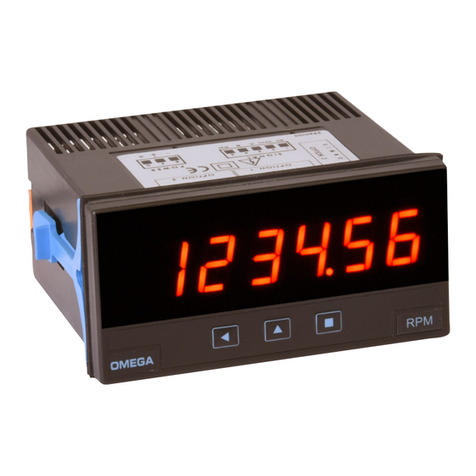
Omega
Omega DPF20 Series User manual
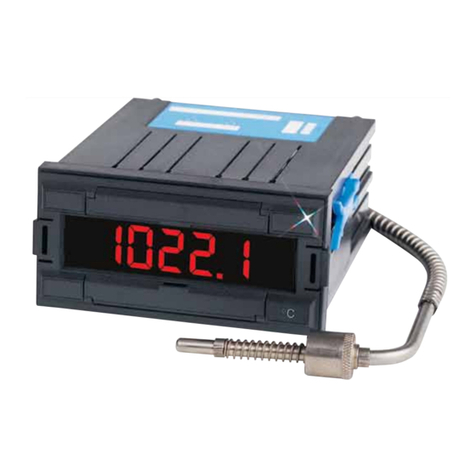
Omega
Omega DP18 series User manual
Popular Measuring Instrument manuals by other brands

Powerfix Profi
Powerfix Profi 278296 Operation and safety notes

Test Equipment Depot
Test Equipment Depot GVT-427B user manual

Fieldpiece
Fieldpiece ACH Operator's manual

FLYSURFER
FLYSURFER VIRON3 user manual

GMW
GMW TG uni 1 operating manual

Downeaster
Downeaster Wind & Weather Medallion Series instruction manual

Hanna Instruments
Hanna Instruments HI96725C instruction manual

Nokeval
Nokeval KMR260 quick guide

HOKUYO AUTOMATIC
HOKUYO AUTOMATIC UBG-05LN instruction manual

Fluke
Fluke 96000 Series Operator's manual

Test Products International
Test Products International SP565 user manual

General Sleep
General Sleep Zmachine Insight+ DT-200 Service manual
